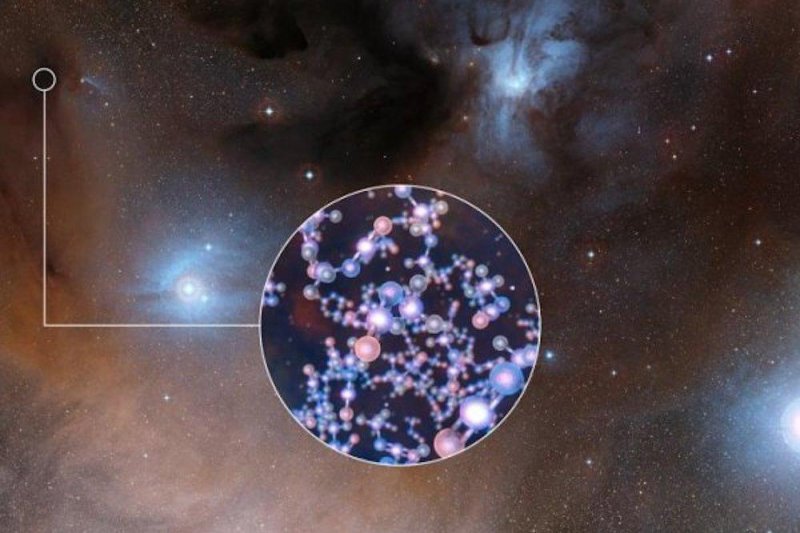Scientists used the ALMA observatory to identify an organic compound essential to life in a faraway star system. Photo by ESO/Digitized Sky Survey 2/L. Calçada
June 8 (UPI) -- Two teams of astronomers have discovered methyl isocyanate, an organic compound and chemical building block for life, surrounding newborn sun-like stars.
"This family of organic molecules is involved in the synthesis of peptides and amino acids, which, in the form of proteins, are the biological basis for life as we know it," researchers explained in a news release.
The infant star system, IRAS 16293-2422, has previously yielded evidence of sugar molecules.
The latest discovery -- detailed in two separate scientific papers -- was made possible by the Atacama Large Millimeter/submillimeter Array, or ALMA, located in Chile.
The star system features three stars in their earliest stages of formation. They are located in a region of intense star formation called Rho Ophiuchi, situated 400 light-years from Earth. The trio are surrounded by a shell of gas and dust, which is where astronomers located traces of methyl isocyanate.
In the wake of the sun's birth, leftover material coalesced to form Earth and its sibling planets. By surveying sun-like protostars, astronomers can get a better sense of how young planets might come to host the ingredients necessary for life.
"Besides detecting molecules we also want to understand how they are formed," said Niels Ligterink, an astronomer at the Leiden Observatory in the Netherlands. "Our laboratory experiments show that methyl isocyanate can indeed be produced on icy particles under very cold conditions that are similar to those in interstellar space. This implies that this molecule -- and thus the basis for peptide bonds -- is indeed likely to be present near most new young solar-type stars."















